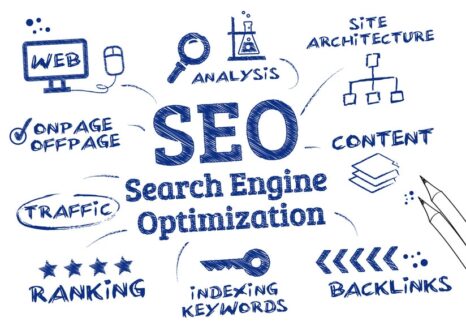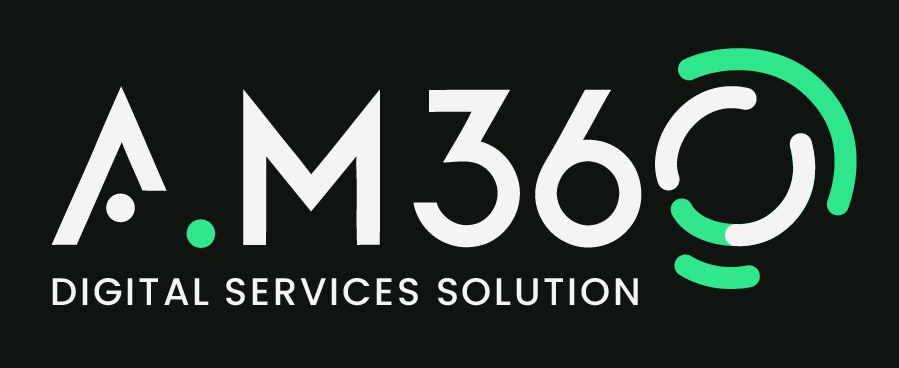
SEO Best Practices for 2025: How to Rank Higher on Google
Search engine optimization (SEO) remains the cornerstone of digital visibility, but the strategies that worked a decade ago—or even last year—are no longer sufficient. As Google’s algorithms evolve, so must your approach. By 2025, ranking higher will demand a holistic strategy that balances on-page SEO, off-page SEO, technical SEO, and cutting-edge keyword research. In this 2,500+ word guide, we’ll dissect the latest search ranking factors and actionable tactics to future-proof your website. Introduction: Why SEO Still Matters in 2025 Google processes over 8.5 billion searches daily, and 68% of online experiences begin with a search engine. Despite the rise of AI chatbots and voice search, SEO remains indispensable for driving organic traffic. However, the game has changed: User intent now trumps keyword density. Core Web Vitals and page experience are critical ranking signals. E-E-A-T (Experience, Expertise, Authoritativeness, Trustworthiness) defines content quality. To stay ahead, marketers must adopt a semantic SEO approach, prioritizing context over rigid keyword matching. Let’s dive into the pillars of modern SEO. 1. On-Page SEO: Optimizing Content for Humans and Algorithms On-page SEO focuses on elements you control directly on your website. In 2025, this means aligning with Google’s emphasis on user experience (UX) and topical relevance. Keyword Research: The Foundation of On-Page Success Start with keyword research to identify terms your audience uses. Tools like Ahrefs, SEMrush, and Google Keyword Planner help uncover: Long-tail keywords (e.g., “best running shoes for flat feet” instead of “running shoes”). LSI keywords (Latent Semantic Indexing) like “durability” or “arch support” to add context. Zero-volume keywords (emerging queries not yet tracked by tools). Prioritize search intent by analyzing the top 10 results for your target keyword. Are they blog posts, product pages, or guides? Match your content format to user expectations. Content Optimization: Beyond Keywords Google’s 2023 Helpful Content Update rewards content that satisfies searchers. Optimize by: Structuring articles with H2/H3 headers for readability. Using internal links to guide users to related topics (e.g., linking “technical SEO” to a dedicated guide). Incorporating multimedia (videos, infographics) to boost engagement. Applying TF-IDF analysis to ensure comprehensive coverage of subtopics. Example: A page targeting “content optimization” should explain formatting, readability tools like Hemingway, and image alt-text best practices. Meta Descriptions and Title Tags While not direct ranking factors, meta descriptions and title tags influence click-through rates (CTR). In 2025, leverage: Emojis (sparingly) to stand out in SERPs. Power words like “Ultimate Guide” or “2025 Proven Tactics.” Exact-match keywords near the front (e.g., “SEO Best Practices 2025: Rank Higher on Google”). 2. Technical SEO: Building a Crawlable, Fast Website Technical SEO ensures your site meets Google’s infrastructure requirements. Neglecting this can nullify even the best content efforts. Core Web Vitals and Mobile-First Indexing Google’s page experience signals account for: Largest Contentful Paint (LCP): Load time under 2.5 seconds. First Input Delay (FID): Interactivity within 100ms. Cumulative Layout Shift (CLS): Visual stability score below 0.1. Use tools like PageSpeed Insights and GTmetrix to audit performance. Optimize by: Compressing images with WebP format. Deferring non-critical JavaScript. Adopting a CDN (Cloudflare, Akamai) for faster global delivery. Structured Data and Schema Markup Schema markup helps Google understand your content. Implement: Article schema for blogs. FAQPage schema for common questions. Product schema for e-commerce. Test markup with Google’s Structured Data Testing Tool. XML Sitemaps and Crawl Budget Optimization Ensure all critical pages are indexed by: Submitting an updated XML sitemap via Google Search Console. Fixing 404 errors and redirecting broken links. Using canonical tags to avoid duplicate content. 3. Off-Page SEO: Earning Authority Through Backlinks Off-page SEO revolves around building your site’s reputation. In 2025, backlinks remain vital, but quality eclipses quantity. The Evolution of Link Building Google’s SpamBrain AI now detects manipulative practices. Focus on: Guest posting on industry-relevant sites (e.g., a digital marketing blog linking to your SEO guide). Digital PR to earn coverage in media like Forbes or TechCrunch. Broken link building by suggesting replacements for dead links. Tools like BuzzSumo and HARO connect you with journalists seeking expert insights. Monitoring Backlink Quality Use Ahrefs or Moz to audit your backlink profile. Disavow toxic links from: Spammy directories. Irrelevant forums. Sites with low Domain Authority (DA < 20). Aim for links from topical authority sites. For example, an SEO tool provider should seek links from Backlinko or Search Engine Journal. 4. Semantic SEO: Mastering Context and Topical Authority Semantic SEO involves creating content clusters that comprehensively cover a topic. Google’s BERT algorithm prioritizes natural language and context. Building Content Clusters Pillar pages: Broad guides (e.g., “Complete Guide to SEO”). Cluster content: Subtopics like “On-Page SEO Tips” or “Technical SEO Checklist.” Interlink clusters to establish topical depth. Voice Search Optimization By 2025, 50% of searches will be voice-based. Optimize for: Conversational queries (e.g., “How do I improve my SEO?”). Featured snippets by answering questions concisely. Local SEO for “near me” searches. 5. Future-Proofing Your Strategy: 2025 Trends to Watch AI-Generated Content: Use tools like ChatGPT ethically—edit outputs to add originality. Visual Search: Optimize images for Pinterest Lens and Google Lens. E-E-A-T: Showcase author credentials and customer testimonials. Conclusion: Adapt or Get Left Behind SEO in 2025 demands agility. By blending technical SEO foundations, content optimization for users, and semantic SEO for context, you’ll dominate SERPs. Regularly audit your strategy using Google Analytics and Search Console, and stay updated via resources like Search Engine Journal and Google’s Webmaster Guidelines. FAQ Section Q: How often should I update my content for SEO? A: Audit high-priority pages quarterly. Refresh statistics, add new sections, and improve readability. Q: Are meta descriptions still important in 2025? A: Yes! They impact CTR, which indirectly affects rankings. Q: What’s the fastest way to improve technical SEO? A: Fix Core Web Vitals issues and ensure mobile responsiveness. By implementing these SEO best practices, you’ll not only rank higher but also build a sustainable traffic engine for years to come.
Read More